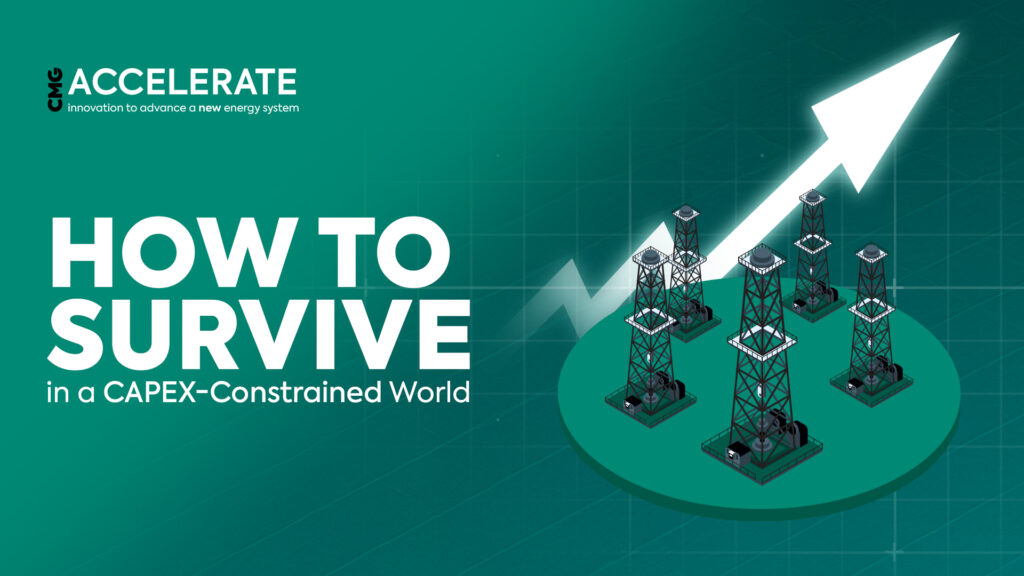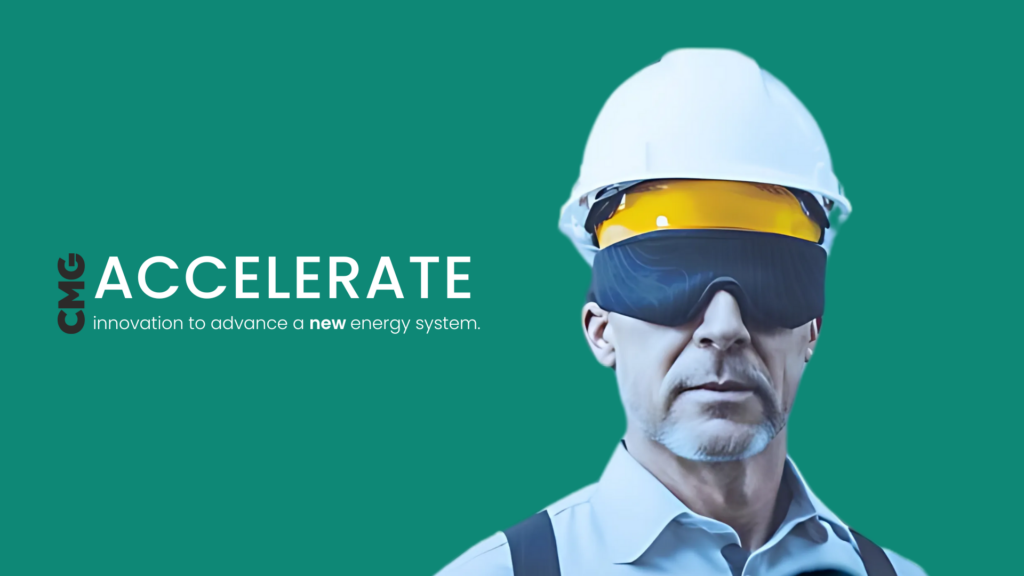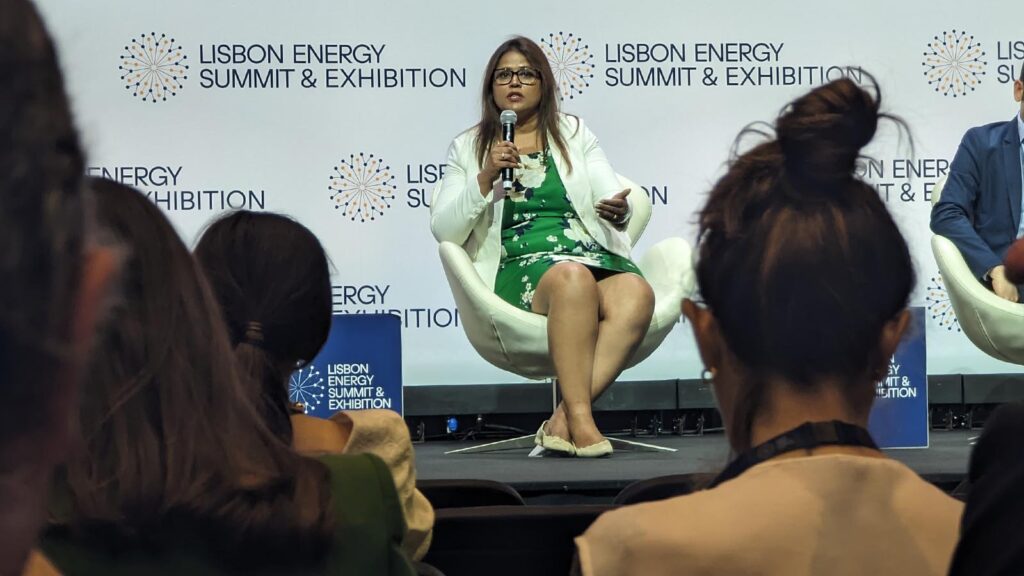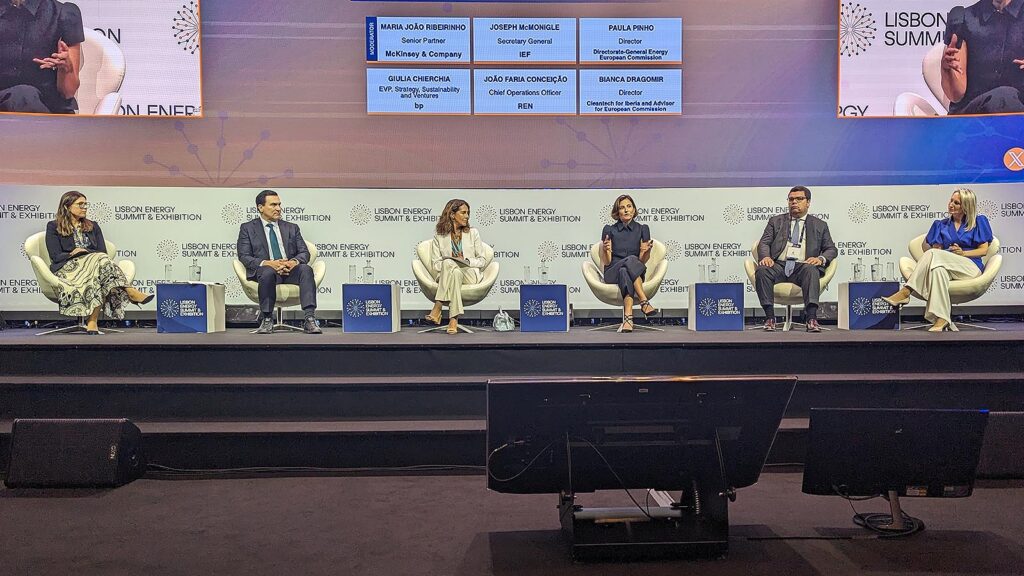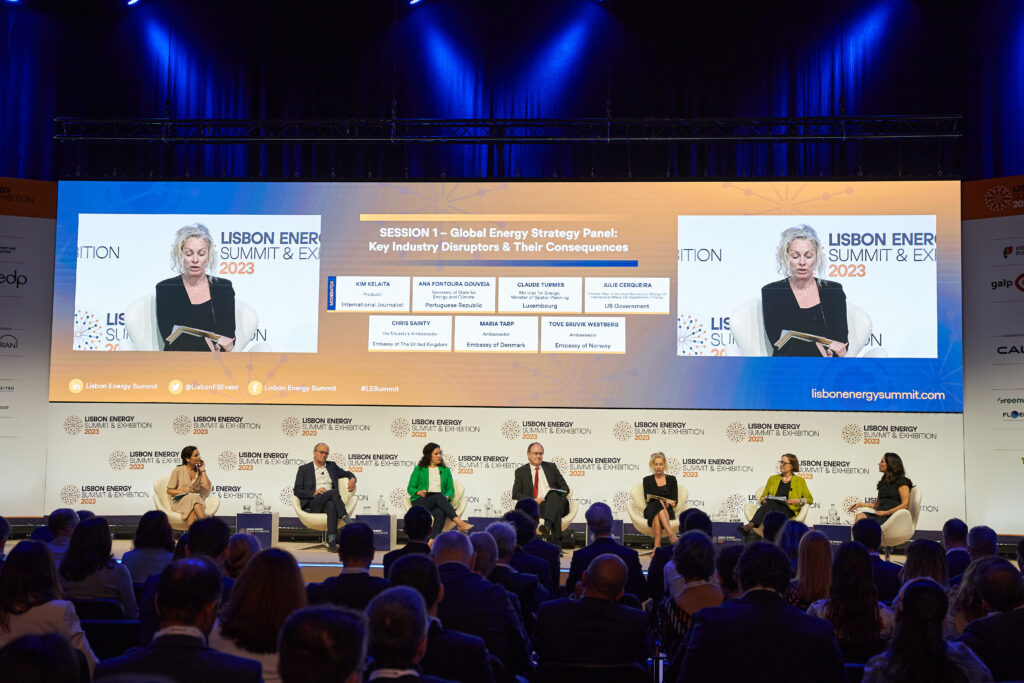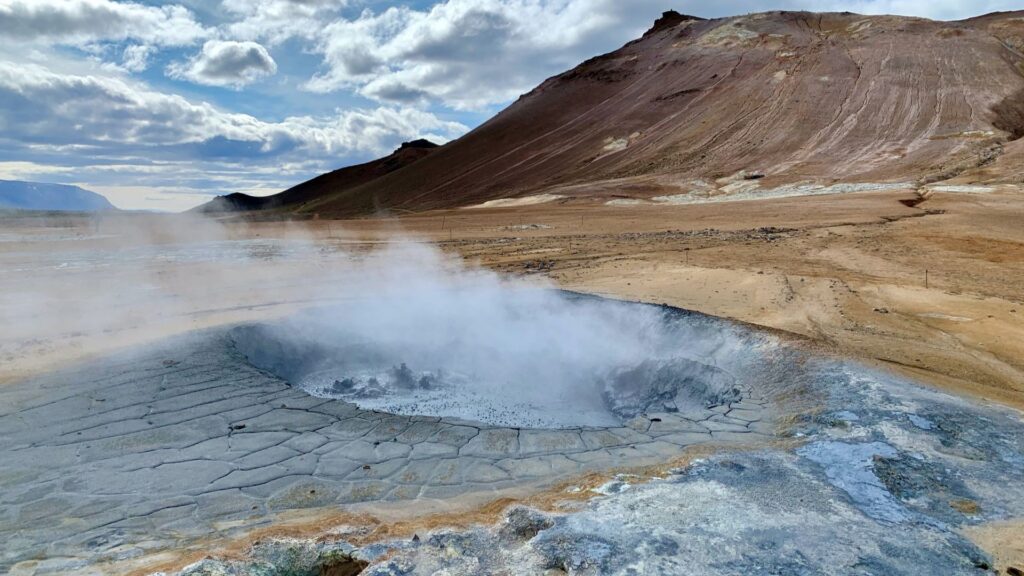For Dr. Vijay Swarup, doing things one at a time just doesn’t cut it anymore.
As director of technology at ExxonMobil, Swarup believes that energy transition is only possible when energy leaders start running parallel processes.
“We have a technology gap, and we have to do two things simultaneously,” he said. “We have to deploy technologies that are ready to be tested, and have policies and markets that can support them.”
Swarup says fundamental questions will get answers when projects are run in parallel, and insight can emerge in faster timelines.
“That’s parallel processing, and that’s where the collaboration model has to change.”
Swarup made the comments during a panel discussion at Reuter’s recent Global Energy Transition 2023 symposium, titled “Bridging the Gap Between Technology Development and Readiness.” He was joined by Robert Stoner, Deputy Director for Science and Technology, at the MIT Energy Initiative, and Robert Baillargeon, Director of Innovation at Cenovus Energy.
Swarup says innovation in the energy industry is happening at record speed, and unlike anything any other industry has experienced in the last 100 years. The challenge is that it’s just not happening fast enough to keep pace with the urgency to decarbonize, with a goal of reaching net zero by 2050.
He believes parallel project management is going to be a key ingredient to achieving scale, and every discipline of engineering, collaboration, and funding will be needed to get there.
The role of AI and simulation in parallel project management
Pramod Jain is also fixated on scale.
As Chief Executive Officer of Computer Modelling Group (CMG), Jain notes that there are several technologies and trials running in the energy industry right now, but there is still a significant amount of learning that needs to happen within shorter timelines.
With carbon capture and storage (CCS), for example, Jain says that a process shift from linear to parallel testing with the help of software will ultimately provide more opportunities to discover and scale successfully.
“There is no time to do it the old linear way, where one project ends before you move on to the next,” he says. “Now it’s about simultaneous parallel processes, and because the timelines are so short, it is the only way to be successful. This mindset has always existed in computer modelling, but it’s now permeating the various layers of energy transition teams. That’s a good thing.”
More than 600 oil and gas companies and consulting firms in 61 countries use CMG’s simulation tools, and Jain says that software combined with artificial intelligence (AI) is going to be a significant contributor to CCS projects.
“Speed is important, but the physics of CCS is critical for accuracy,” says Jain. “When you take a physics-based approach and then also leverage AI, high-performance computing, and parallel processing, you can simulate projects faster, accurately, and far more cost-effectively than doing anything in situ in the real world.”
An example of how AI can be used to simulate results has already played out in the automotive industry with crash test simulation, Jain notes.
Before simulation, Jain notes that real cars were built and then driven into walls as part of a safety and continuous improvement process. Today, that process is largely done through simulators.
“It’s a lot cheaper, and a lot faster,” he says. “Maybe not as exciting as watching a car slam into a wall at 60-miles-an-hour, but modelling the simulations on a computer gets you the answer faster with a significant amount of data on performance. You can run hundreds of different models, for a fraction of the price.”
CCS projects are similar to automotive crash testing as simulation saves time and money, and also produces data that can be turned into insight.
Once the exclusive domain of geologists and reservoir engineers, underground simulation modelling is quickly becoming a must-have for the C-suite working on CCS projects. But given it’s still early days for CCS across the energy industry, many are still trying to wrap their heads around how to take advantage of simulation, Jain says.
CMG’s suite of software and AI tools helps engineers analyze multiple aspects of a CCS project at the same time, which de-risks projects and provides insight faster to energy companies.
Jain cites a CMG customer as an example, where the company went from a single model in the field that took up to six months to collect data and get answers, to now running six or seven computer models a year, using parallel simulations.
“They’re getting three or four times as much work done in a shorter timeframe and they’re able to optimize a much broader selection of their assets,” Jain said. “They’ve improved the return on investment and actually hired more people because now they’re getting more work done in a faster time frame.”
Speed and scale can actually go hand in hand
ExxonMobil’s Swarup believes that parallel processes will ultimately create new value chains and the markets to support the technologies that emerge from them.
But getting there will require a deliberate style of management where more outcomes are considered as part of the process.
He cites Technology Readiness Levels (TRL) as an example of a project management workflow. The measurement system developed by NASA is used across industries to assess the maturity level of a particular technology. The TRL scale starts at one, where technology is just at the beginning phases of research, and goes up to nine when a technology is “flight proven” during a successful mission.
“You can’t be fixated on TRL one to three,” Swarup says. “You need to be thinking about TRL nine and asking the TRL one question that answers the TRL nine challenge.”
Swarup says the more we do that, and the more we talk, the higher the probability we will be successful in achieving scale.
“We’ve seen it in other industries — in telecommunications, and in digital. Energy is very different, and the timescales are different, and the capital is different. But the model of technology being tested and then deployed broadly is not.”
Done successfully, Swarup believes the energy industry can get on the deployment curve, establish new markets, scale up cost and then keep searching for the next promising opportunity.
“This industry has always searched for the next best thing, and what we do today were things we didn’t think about [in the past]. In the rearview mirror, everything is obvious. I’ve never failed an exam where I had the answer key. So for the next best thing, we have to keep working on it and keep searching. That’s the only thing that should limit our imagination.”
Sign up to receive newsletter updates from Accelerate on LinkedIn.


